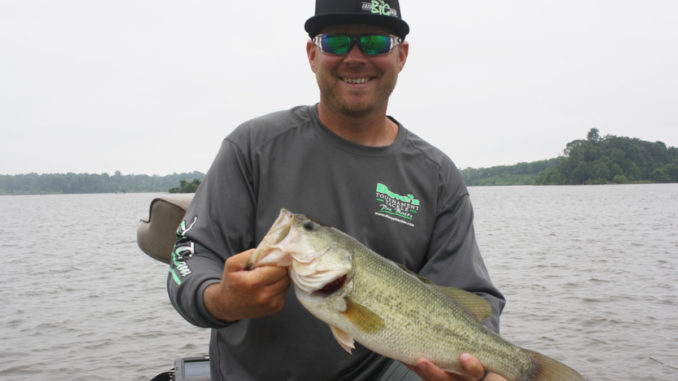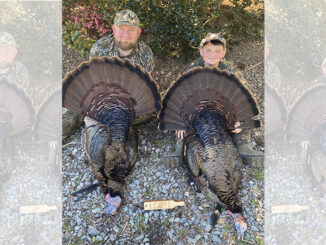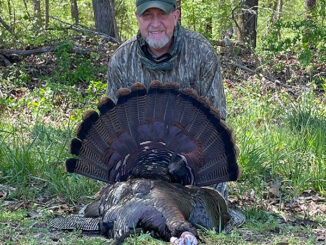
Rocky, offshore spots will produce August bass
Randleman Lake, a 3,007-acre reservoir on the Deep River between Guilford and Randleman counties, has lived up to its promise as a stellar bass factory since its opening March 2010. In 2007, the N.C. Wildlife Resources Commission stocked the lake with 150,000 bass fingerlings, enhancing its potential. Today, the lake is chock-full of 3- to 5-pound bass.
This year, Bassmaster magazine ranked it as the 14th-best bass lake in the Southeast and one of the top 100 lakes in the country.
Despite its lofty ranking and productivity, fishing still requires some effort to reap dividends during the dog days of summer, according to bass pro Brad Staley of Pleasant Garden.
“There are no contour maps of Randleman, though you can find maps on the Internet to help get you around,” Staley said. “Finding productive summer hot spots requires idling around and using your electronics. Randleman was created by flooding rolling farmland, so there are not a lot of stumps or structure. The offshore structure consists of points, rocky and gravel places, and roadbeds.”
Staley has spent hours on the lake locating such places and creating much coveted waypoints.
“The trick is to find points with a little rock or gravel on them or concrete remnants of old bridges,” said Staley. “That’s where you’ll get your bites, because many points are bare. Roadbeds can be found by looking at the shoreline and spotting where old roads come into the lake or seeing old road signs posted on farmland.”
In early August, Staley said fishermen must fish multiple places in 8 to 17 feet of water because the fish aren’t stacked up as much. The fish will also be as deep as they’ll be all summer.
“Deep-diving crankbaits are effective, but I’m mostly a jig-and-worm fisherman,” said Staley. “I’ll drag a standard jig or a 1/2-ounce football jig with a trailing 10-inch plastic worm along offshore structure. A big worm gets more bites in the summer. Deadly worm colors include green pumpkin, blue, and black grape. For jigs, green/pumpkin and blue are good.”
By late in the month, Staley said the bass move shallower.
“There’s not a lot of water flow, and unless we get a lot of rain, oxygen levels are poor,” said Staley. “The thermocline is 11 to 12 feet, so the deep bite disappears.”
At that time, Staley said big bags of bass come from cut-and-cabled trees placed in the lake by the Commission and standing timber at bridges and in coves.
For hours of operation, visit www.ptrwa.org/rec.htm.




Be the first to comment